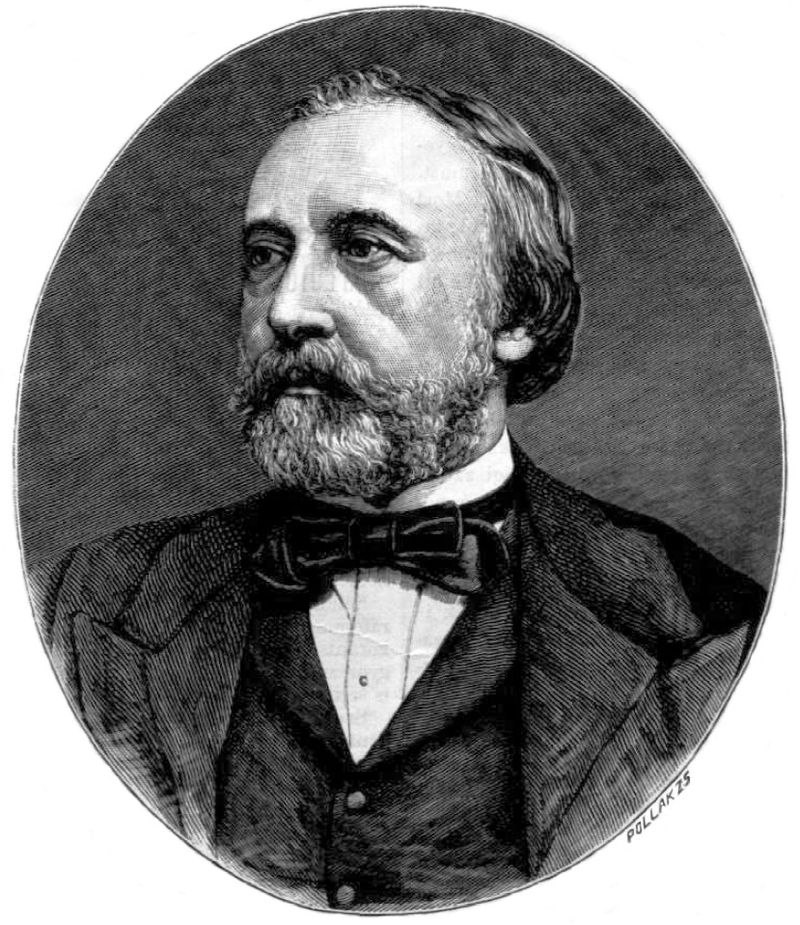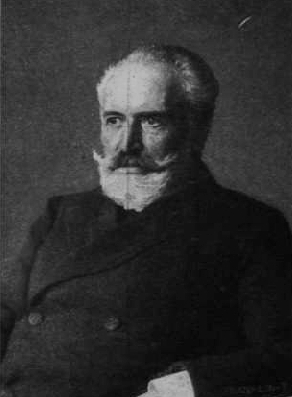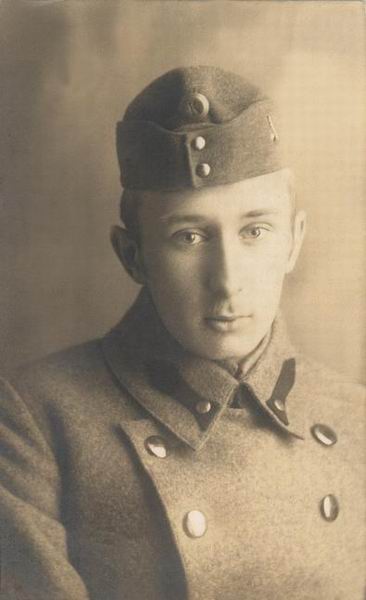The stories of five prominent Hungarian doctors

The world has a lot to thank brilliant doctors and scientist who, through their explorations and studies, changed the field of medicine forever, and made the world a better and healthier place. In Hungary, besides the saviour of mothers Ignác Semmelweis, many other doctors wrote history through their scientific works. Here are five of the greatest Hungarian doctors in history.
Tivadar Margó (1816–1896)
He was born on March 5 in a Serbian family which had Hungarian origins. After finishing grammar school in Pest, he attended the Pest University from 1834 to 1838 where he studied medicine, biology, and social sciences. In 1840 he got a certification as a doctor and continued his studies in Vienna, and one year later he got another certification as a surgeon and doctor.
He returned to Hungary in the same year and started to teach at universities and write studies. He was the first one who made biology and medicine popular in Hungary.
He also taught students in Kolozsvár, Transylvania and published several studies and books abroad. Besides his medical studies, he also made significant steps in the field of zoology.
Margó is often called as the Hungarian Charles Darwin.

József Árkövy (1851–1922)
He started his grammar school studies in Nagyszombat (today Slovakia). He began his medical studies at the University of Budapest in 1871. First, he got a certification as a doctor, later as a surgeon and finally as a dentist. At the beginning of November 1876, he moved to London where in the School of Dental Surgery continued his studies. He graduated as a stomatologist one year later and returned to Hungary.
In 1881 he started to teach dental studies at the University of Budapest. Nine years later he opened his own praxis and did his best to make dental surgery in Hungary the most professional. He was Hungary’s first stomatologist.
Árkövy published several books, studies, and articles both in Hungarian and English. His profession and wide-knowledge were well-known across the continent.
In 1918, he became the world’s first professor of stomatology.

Róbert Bárány (1876–1936)
He was born to an Austrian mother and a Hungarian Jewish father on April 22. He was the eldest of six children in the family. He attended the medical school in Vienna and graduated in 1900. In 1905 he started to work at the Clinic of Otorhinolaryngology.
Bárány was the first one in history who wrote down the structure of the human ears and how do they function. Before Bárány, medicine only assumed some information from animal experiments. Also, he was the first scientist who established the medical theory of the human balance system.
Bárány noticed that patients who washed their ears with too cold or too warm water before the examination became dizzy. He explained this phenomenon with a simple biological explanation: the fluid inside the human’s ear is approximately 37 Celsius. If the temperature of this fluid changes, it causes dizziness. He also discovered that there is a strong connection between the eyes and ears.
He received the medical Nobel Prize in 1915 in Stockholm for his exploration.

György Békésy (1899–1972)
He was born in Budapest and started his grammar school studies there. Because his father travelled a lot, he had to interrupt and continue them in Istanbul and later in Zurich. He began his university studies in Switzerland. He studied chemistry, physics, and mathematics.
He discovered that every quaver creates sound waves which become stimulus in the internal ear part (cochlea). This means that it is not the human brain which identifies the sounds first but the cochlea. Of course, this process happens in an extremely short time.
Although he was a physician, his exploration was awarded a medical Nobel Prize in 1961.
Békésy moved to Honolulu, Hawaii when he retired where he established his own laboratory. He died in 1972 and was buried as Hawaiian traditions: his ashes were strewed into the ocean. The remained medical tools of his laboratory, books and studies are kept by the Hawaii University.

János Selye (1907–1982)
He was born to a Hungarian father and Austrian mother in Vienna. He finished primary and grammar school in Komárom. He was excellent at learning languages. By the time he graduated from grammar school he already spoke six different ones. To continue his father’s legacy – he was a doctor – he graduated in Prague and got his medical degree. From 1932 he started to teach at the McGill University in Montreal, Canada.
He was the first scientist who achieved significant results in the field of stress research. Although several other doctors studied stress before, Selye was the first one who gave a new meaning to this field.
Selye established the most prominent theory related to stress. He discovered that nerve malfunctions do not necessarily cause stress. His famous saying was that the only state when humans do not experience stress is death. Also, he was the first one who besides stress’s adverse effects emphasised the positive ones as well.

Keen on historical stories? Find more in the related posts below!
Featured image: Wikimedia Commons by József Marastoni
Source: Wikipedia, www.korkep.sk






[…] The world has a lot to thank brilliant doctors and scientist who, through their explorations and studies, changed the field of medicine forever, and made the world a better and healthier place. In Hungary, besides the saviour of mothers Ignác Semmelweis, many other doctors wrote history through their scientific works. Here are five of the greatest Hungarian doctors in history, read more HERE. […]